I am now a licensed driver in the State of California, official as of last Monday. If you value your life, stay off of the roads.
I sometimes resort to self-inflicted verbal abuse when I fall this far behind in my posting. In this case, however, I’ve had excuse enough: PROGRESS!
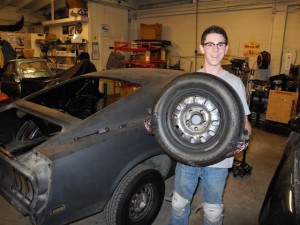 Yes, I have managed to put in a consistent number of hours per week at TLG. And every Sunday night sees me significantly closer to The Rotisserie than I was before. Let’s recap…
Yes, I have managed to put in a consistent number of hours per week at TLG. And every Sunday night sees me significantly closer to The Rotisserie than I was before. Let’s recap…
Some time ago (I can no longer recall when), I removed the front wheels for better access to the suspension. Following my trusty bible (the Mustang Restoration Handbook), I started with the shock towers.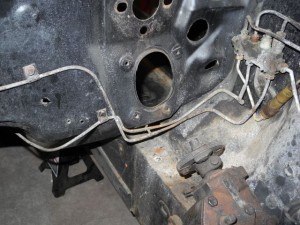 The previous owner had replaced the originals with newer, more reliable counterparts, which we will most likely reuse.These came out by first undoing the bolts connecting them to the shock tower brackets, and then removing the brackets themselves. After that, two bolts at the bottom of each tower are the only obstacles to removal.
The previous owner had replaced the originals with newer, more reliable counterparts, which we will most likely reuse.These came out by first undoing the bolts connecting them to the shock tower brackets, and then removing the brackets themselves. After that, two bolts at the bottom of each tower are the only obstacles to removal.
Inside the engine compartment, the only parts left were the brake fluid junction box (pictured right with lines across the firewall) and the power steering booster. The junction box came out by undoing the lines at box (this is easier than pulling it with lines still attached). A flare-nut wrench is useful for this step, as with all other brake/fuel line connections. I would recommend keeping a set handy.
Next, after procuring the correct tools, we started on the tie-rods and the springs. The tie-rods connect the front steering arms to the center steering link with ball joints at both ends. After pulling out a few cotter pins, the nuts will come out. However, the tapered studs on the tie-rods are jammed pretty tightly into their receptacles, and need to be forced out. A mallet and some elbow grease will work just fine, but you risk damaging the ball joint. If you wish to save your old parts, do as we did and get yourself a tie-rod/Pitman-arm puller. It’s a C-shaped contraption that fits over the steering arm, with a bolt that sits up against the stud. Tightening the bolt frees the tie-rod and lets you reuse the ball joints.
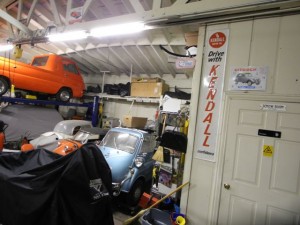
Drive with Kendall
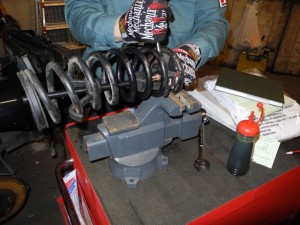 For the springs, any heavy-duty spring compressor will get the job done. Our car—originally purchased with a 390 big-block and a GT package to boot—has a nicer front-end suspension kit than did most Mustangs from that year; the beefier springs show their worth during the drive, not the restoration. Without enough clearance to use two outer-compression posts, Dad and I rigged one on the inside. This was difficult to set up, but worked out after some perseverance on both our parts. With the compressed spring out of the car, we locked it into a bench vise to decompress… Dad was clearly getting uncomfortably with me tossing around a loaded bomb. Then he removed the outer spring cover, a step that will definitely serve us better before we attempt removing the other spring next weekend.
For the springs, any heavy-duty spring compressor will get the job done. Our car—originally purchased with a 390 big-block and a GT package to boot—has a nicer front-end suspension kit than did most Mustangs from that year; the beefier springs show their worth during the drive, not the restoration. Without enough clearance to use two outer-compression posts, Dad and I rigged one on the inside. This was difficult to set up, but worked out after some perseverance on both our parts. With the compressed spring out of the car, we locked it into a bench vise to decompress… Dad was clearly getting uncomfortably with me tossing around a loaded bomb. Then he removed the outer spring cover, a step that will definitely serve us better before we attempt removing the other spring next weekend.
Since I’ll be driving the London taxi to school, I checked the oil and filled up the tires with air while Dad spruced up the garage a bit with some new signs.
Filed in Restoration Log | Tagged: 1969, 390, automobile, ball joint, bench, big block, bolts, booster, bracket, brake, classic car, compressor, compressors, disassembly, drive, driver, driver license, engine, engine compartment, excuse, Father and Son, firewall, flare-nut wrench, fluid, Ford, front, front end, Garage, GT, junction box, license, muscle car, Mustang, parts, Pitman arm, power, progress, puller, removal, Restoration, roads, shock, shock towers, spring, springs, steering, suspension, tie-rod, TLG, tool, towers, vice, wheels, workshop

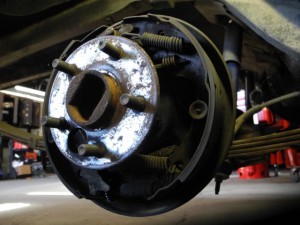
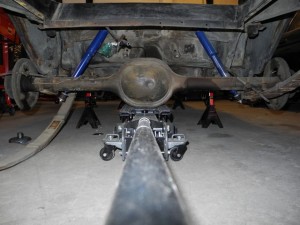






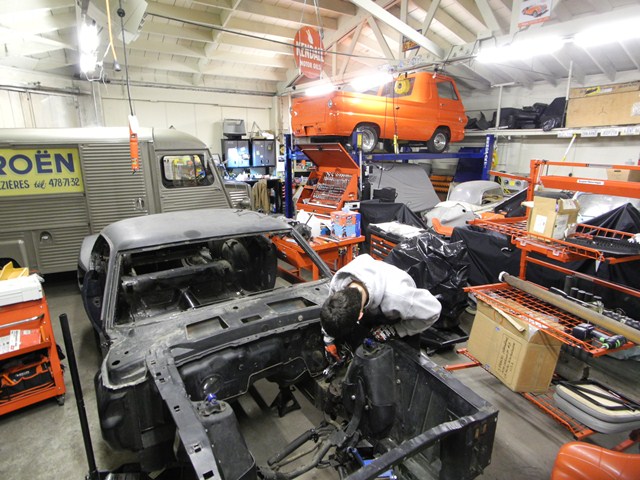
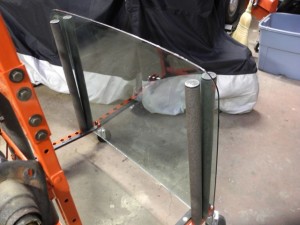
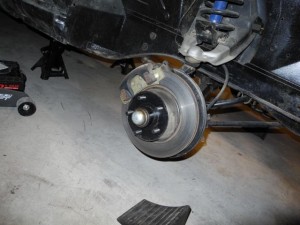
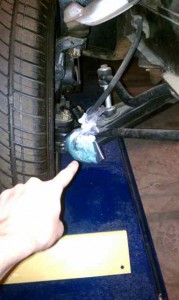
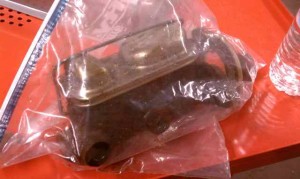
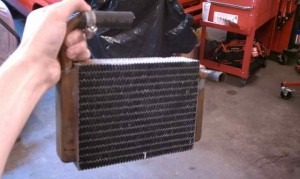

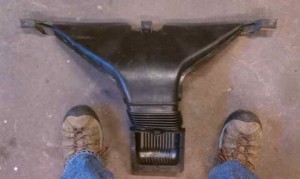
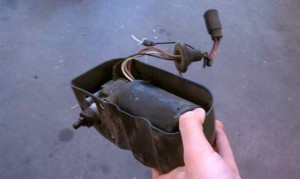
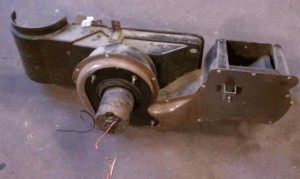
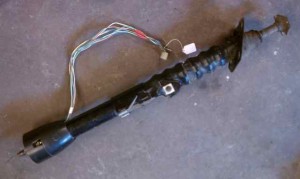
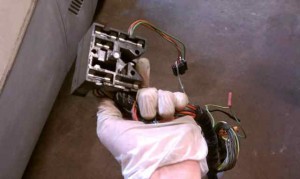
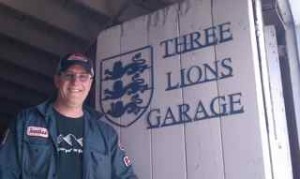
 Feed Validator
Feed Validator